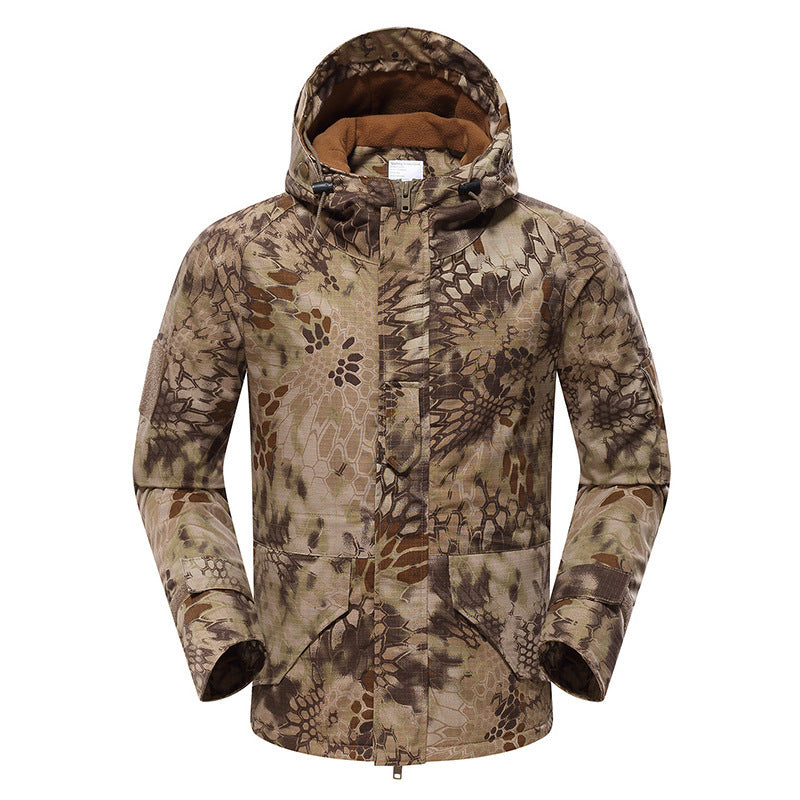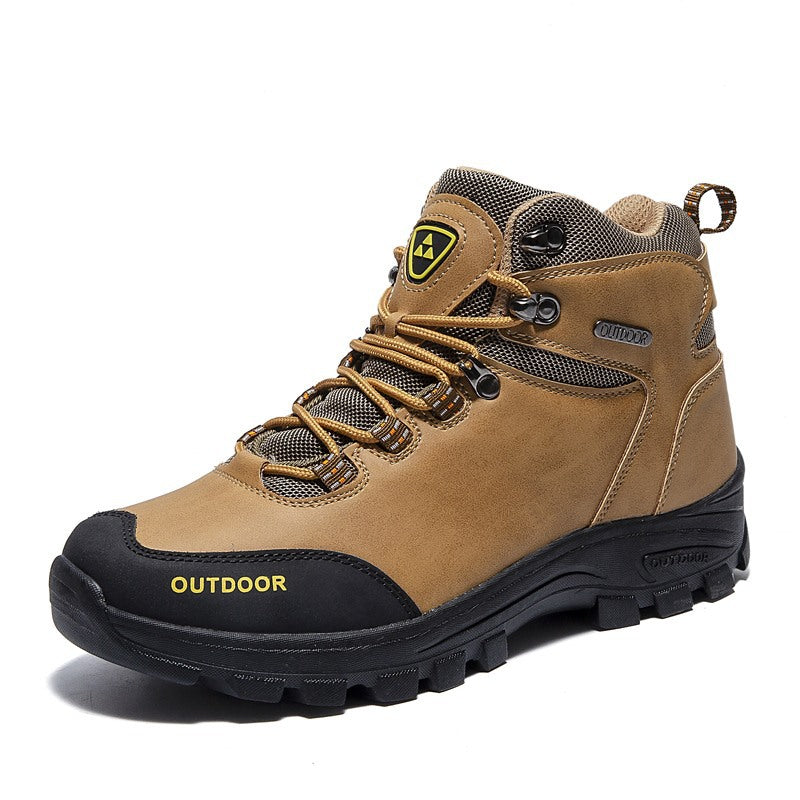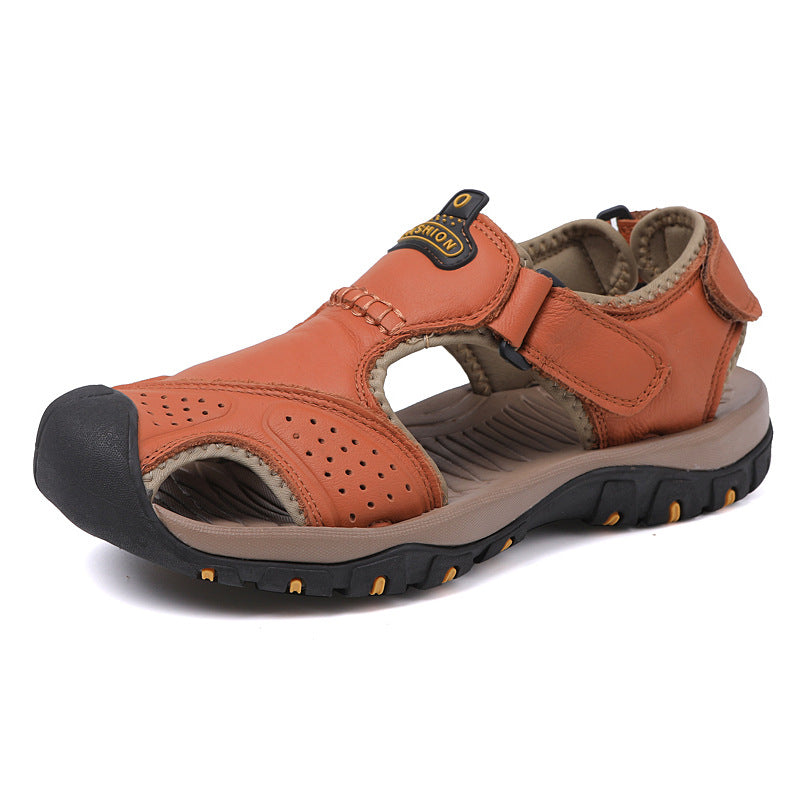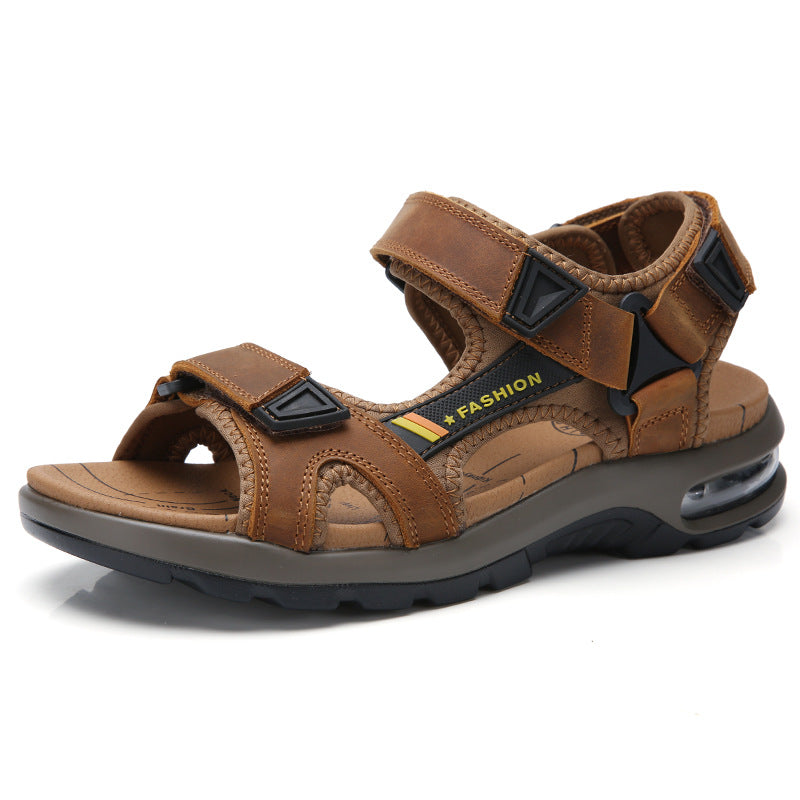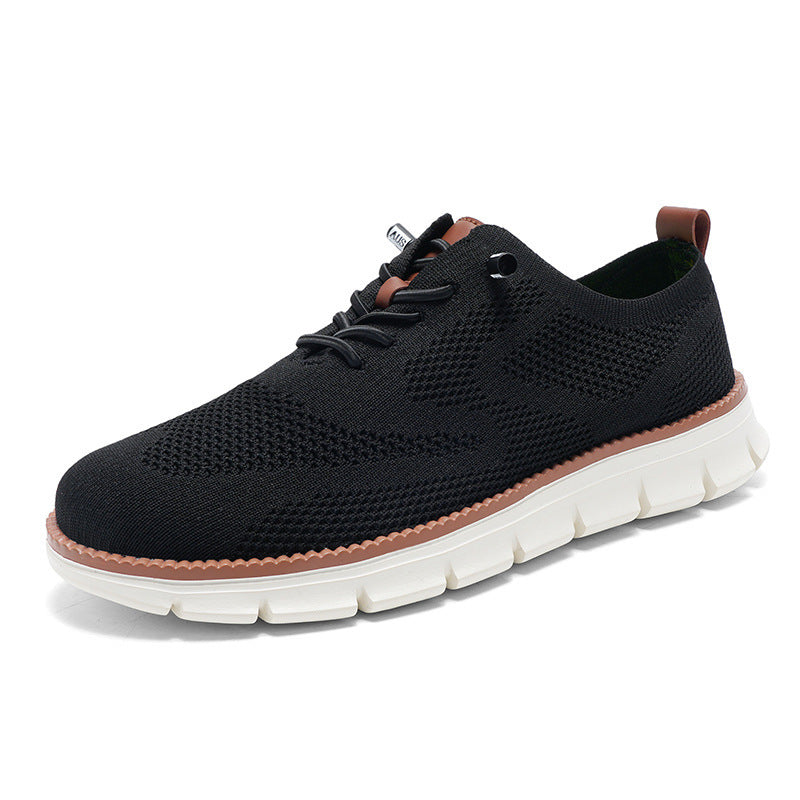
Waterproof Boots with Enhanced Support and Stability: A Hiker's Best Friend
Waterproof boots, particularly those designed with advanced support features, can make a significant difference in your hiking experience by reducing strain, preventing injuries, and keeping you comfortable throughout your journey. In this article, we’ll dive into the benefits of waterproof boots with added support and stability, explore how these features enhance your hiking experience, and offer guidance on selecting the right pair for you.
1. Why Support and Stability Matter in Hiking Boots
When you’re hiking over uneven, rocky, or wet terrain, every step you take can affect your balance and posture. Boots with proper support and stability help distribute the weight evenly, reducing the load on your ankles, knees, and back. Here’s why this matters:
- Ankle Protection: Hiking often requires navigating rough terrains, which increases the risk of rolling an ankle. Supportive waterproof boots have high collars that brace the ankle, offering additional protection against twists and sprains.
- Enhanced Posture: Stable boots help maintain good posture by aligning your feet correctly with the rest of your body. This alignment reduces the strain on your lower body and back, making hiking less tiring, even on longer treks.
- Preventing Fatigue: Boots that lack support can lead to foot fatigue, especially on uneven terrain. Quality waterproof hiking boots with enhanced stability provide cushioning and shock absorption, helping you stay energized and ready to explore.
In short, boots with good support and stability protect your body, allowing you to hike more comfortably and confidently.
2. How Waterproofing Enhances Stability and Support
Waterproofing is more than just a shield against wet feet; it actually enhances the stability and support of your boots. Here’s how:
- Keeps Materials Firm: Water-resistant materials like treated leather and Gore-Tex hold their structure better in wet conditions than non-waterproof alternatives. This firmness helps maintain the shape of the boot and, in turn, offers consistent support for your feet.
- Maintains Traction: Waterproof boots are often designed with slip-resistant outsoles to handle slick, wet surfaces. These outsoles provide extra grip, keeping your footing stable on rainy days or in wet areas.
- Temperature Control: When your feet stay dry, you maintain better temperature control, preventing cold feet that can impact muscle function and balance. Dry, comfortable feet allow you to concentrate on the trail rather than on discomfort.
By combining support features with waterproofing, these boots provide a comfortable and secure foundation, especially for tackling unpredictable environments.
3. Key Support Features to Look for in Waterproof Boots
Not all waterproof boots are created equal. To ensure maximum support and stability, it’s important to look for certain features that can enhance your hiking experience:
- Ankle Collars: Higher ankle collars help support the ankles, reducing the risk of twists and sprains. Look for padded collars that provide both support and comfort without restricting movement.
- Arch Support: Boots with good arch support are essential for reducing foot fatigue and ensuring proper posture. Many waterproof hiking boots come with built-in arch support or removable insoles that you can replace with custom orthotics.
- Cushioned Midsoles: Midsoles made from EVA (ethylene-vinyl acetate) or polyurethane offer cushioning and shock absorption. This is crucial for reducing impact on your joints, especially when hiking on rocky or uneven ground.
- Sturdy Outsoles: A stable boot needs a stable base. Look for outsoles with deep lugs that provide excellent traction on wet and slippery surfaces. Vibram soles, known for durability and grip, are a great choice for hiking.
Selecting boots with these supportive features can greatly improve your comfort and safety on the trail.
4. The Benefits of Stability Features in Waterproof Hiking Boots
Stability features play a vital role in helping hikers stay balanced, even on challenging terrain. Here’s why stability features in waterproof boots are beneficial:
- Enhanced Balance: Stability features, such as reinforced heel cups and supportive soles, help improve your balance by anchoring your feet to the ground. This is especially useful when hiking with a heavy backpack.
- Reduced Joint Stress: When your boots offer stability, they prevent excessive foot movement, which reduces strain on your joints, particularly the knees and ankles.
- Improved Control on Slopes: Hiking on steep inclines or declines can be difficult without stable footing. Stability features like a rigid shank in the midsole add extra support, allowing you to tackle hills with greater confidence.
In addition to making your hike more comfortable, stability features prevent potential slips and falls, keeping you safer on rough and rugged paths.
5. Choosing the Right Pair of Waterproof Boots for Stability and Support
Selecting the right pair of waterproof boots for stability and support requires a focus on several factors. Here’s a checklist to help you choose:
- Size and Fit: Choose a size that allows for a snug fit around the heel and ankle but leaves enough room for your toes to move comfortably. Too-tight boots can cause blisters, while loose boots reduce stability.
- Weight of the Boot: While lightweight boots may seem appealing, a bit of extra weight in your boots often means more support. Heavy-duty waterproof hiking boots may weigh a little more but provide excellent stability, which is essential for challenging terrains.
- Material: Leather boots provide both durability and support, while synthetic options are lighter and often dry faster. Choose according to your preference and typical hiking conditions.
- Waterproofing Technology: Look for boots with advanced waterproofing technologies, such as Gore-Tex. These not only keep water out but are also designed to allow your feet to breathe, preventing overheating during hikes.
Trying on different brands and models can help you find the perfect pair that provides both the support and stability you need.
6. Caring for Your Waterproof Hiking Boots
To ensure your waterproof hiking boots continue to provide support and stability over time, proper maintenance is essential. Here’s how you can take care of them:
- Regular Cleaning: Clean off mud and dirt after each hike to prevent the material from degrading. Use a soft brush and water to remove dirt without damaging the waterproof layers.
- Conditioning Leather: For leather boots, use a leather conditioner to maintain flexibility and prevent cracks. This helps preserve the structural integrity of the boot, ensuring it remains supportive.
- Re-Waterproofing: Over time, the waterproofing layer may wear off. Consider applying a waterproofing spray or wax to keep your boots water-resistant.
- Storage: Store your boots in a cool, dry place. Avoid leaving them in direct sunlight or humid environments, as this can cause the material to deteriorate.
By properly caring for your boots, you’ll maintain their stability features, making them last longer and ensuring that they continue to perform on the trail.
Conclusion: Invest in Waterproof Boots for a Secure Hiking Experience
Waterproof boots with enhanced support and stability are invaluable for any hiker, providing protection, comfort, and confidence on every step of the journey. From supporting your ankles on rocky paths to ensuring balance on slippery slopes, the benefits of these boots extend far beyond just keeping your feet dry. By investing in a high-quality pair, you’ll be equipped to tackle challenging trails and unpredictable weather, making each hike safer and more enjoyable.








